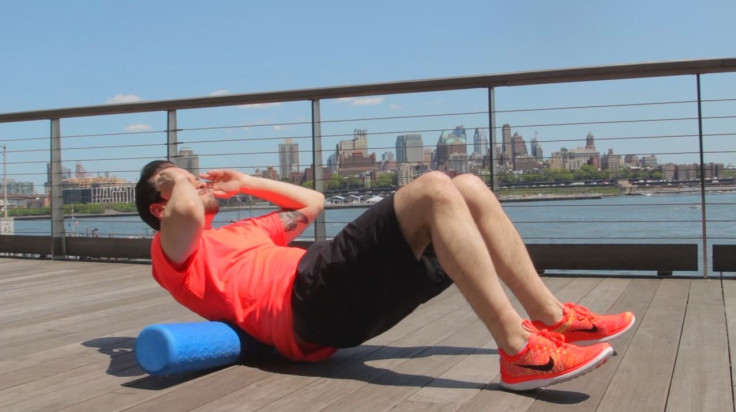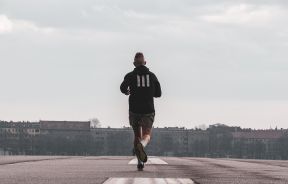Post-Workout Tips: 3 Products That Can Help With Muscle Recovery

Putting in an hour at the gym a couple of times a week is essential for both losing weight and building muscle, but fitness doesn’t end when we step away from the exercise equipment. Just because you’re done working out doesn’t mean you can revert back to a sedentary lifestyle. Along with a healthy pre- and post-workout diet, warming up before and cooling down after the gym is essential to avoiding injury, staying flexible, and improving muscle recovery and development.
Getting the most out of muscle recovery can start before you even lift your first weight. Although stretching before physical activity is often considered the only effective way to improve range of motion and prevent muscle stiffness, recent studies have shown that stretching can actually leave us vulnerable to injury. Although it’s unclear why, they surmise that stretching the tendons — bands of connective tissue that connects muscle to bone — before warming up can weaken the muscles.
That said, new research has provided athletes with new ways to warm up without hindering muscle development or leaving the body open to injury. Here are three products that can help with post-workout muscle recovery.
MELT Foam Roller
After a strenuous workout, it’s not uncommon to find so-called “knots” around the neck and back. Also known as trigger points, knots are areas of contracted muscle fibers. They tend to be achy and stiff, which restricts mobility and hinders performance.
Fortunately, manually working them out can help. In a technique known as self-myofascial release, people with sore muscles can apply pressure to the areas where stiffness exists — kind of like giving themselves a massage. Foam rollers make this process super easy, as they target these knots and massage them out.
In a recent study published in the Journal of Strength and Conditioning Research, scientists recruited 11 healthy men, each of whom had their quadricep strength tested on a machine similar to that for leg extensions. Following the exercise, some participants were asked to foam roll for two minutes while others weren’t, then they were asked to do the exercise one more time. Results showed that foam rolling improved range of motion in the knee by an average of eight to 10 degrees when compared to those who went right back into the workout.
InstaShiatsu
Similar to the foam roller, TruMedic’s InstaShiatsu is another product that alleviates knots developed from an arduous workout. This cordless neck and back massager uses rotating massage balls and heat to provide a Japanese Shiatsu-style massage anywhere on the body. Comfortable wrist supports allow the user to position the massager over any affected muscle groups.
With a foam roller, we’re usually tasked with locating where the knots are and working them out. The InstaShiatsu, on the other hand, does all the work for us while still providing the same myofascial release. Getting a massage after every workout may seem ideal, but it’s not practical from a time or financial standpoint. That’s where the InstaShiatsu comes in.
One of the beneficial aspects of the InstaShiatsu is that we get to control the amount of pressure it gives simply by how close we hold it to the affected muscle group. For this reason, it provides a variety of different massages. You can target trigger points with low pressure, which will alleviate the tight muscle fibers that have bunched together. Deep tissue massages, which target the deeper layers of connective tissue and muscle, are also easy to accomplish by simply applying more pressure.
Marc Pro
Finally, we have the Marc Pro, which may look familiar if you’ve ever played a sport or done physical therapy after an injury. Neuromuscular electrical stimulation therapy requires the use of electrodes, which are attached to the skin above a single muscle or an entire muscle group. They deliver an electric current that causes the muscle to visibly twitch. Up until recently, electrical stimulation therapy, or stim for short, has primarily been used to treat injured muscles. But athletes have increasingly started using it for passive muscle recovery.
In a recent review published in the Journal of Strength and Conditioning Research, investigators took a closer look at stim and found that it improves blood flow in the same way that a massage would. When we exercise, our muscle tissues swell and eventually block many of the capillaries that transport blood and nutrients to the muscles, hindering recovery. Electrical stim, along with myofascial release, gets our blood moving again. Following an exhaustive review of studies on stim therapy between 1970 and 2012, the research team found that it successfully soothed perceived soreness. People who used stim after a workout were also able to quell lactic acid buildup, — a substance muscle cells make during exercise that can increase soreness afterward.



























